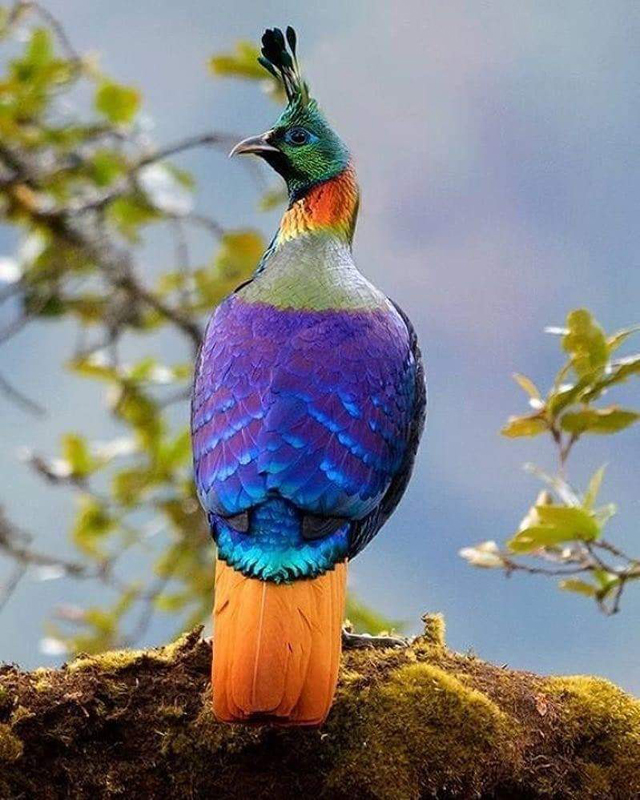The wildlife of Nepal includes its flora and fauna. Many tourists visit Nepal not only to see the Himalayas but also to see wildlife. Nepal has common and protected wildlife. A large variety of animals and plants grows in Nepal’s tropical to arctic climate.

There are 185 species of mammals found in various parts of Nepal. The south of Nepal is also known as Tarai. It has a dense jungle that is home to animals such as the Grater one-horned rhinoceros, Asiatic elephants, and Bengal tigers. In Tarai, the leopard, langur, Rhesus monkey, hyena, jackal, wild boar, antelope, wild cat, wolf, sloth bear, chital (spotted deer), barking deer, Arna (wild water buffalo), swamp deer, and endangered blackbucks are also found.
The Himalayan region is home to endangered snow leopards and panda. It also found musk deer, blue sheep, Thar (wild goat), pika, marmot, and wild yak at high altitudes.
Dolphins are found in the fresh waters of the Narayani and Karnali Rivers, and snow trout are found in Rara Lake.
Nepal has two indigenous species of crocodile. The gharial crocodile, with a long, narrow snout and a unique appearance, and the danger crocodile, with a marsh mugger, eat anything they can catch. Several types of snakes, such as cobras, vipers, kraits, and Indian pythons, are found in Tarai. Turtles and monitor lizards are also found in the south of Nepal.
Nepal is also a haven for birds and butterflies. Tourists come to Nepal to see birds and butterflies every year. Nepal has more than 800 species of birds; about half of them live in Tarai. The spiny babbler is a unique bird species only found in the middle hilly region of Nepal. The pheasant (national bird of Nepal) is found at elevations 2500m to 4000m from sea level and Tibetan duck in high alpine lakes.
Nepal’s national flower is the Rhododendron, which blooms in spring at elevations of 1500 to 3500m. There are 27 varieties of Rhododendrons in Nepal. Juniper and conifer are found in the Nepal Himalayas. Some Himalayan herbals can be used as medicine. Sal trees are primarily found in Tarai. Sal is a hardwood species that is unusually resistant to rotting and attacks from hungry insects. The local saying has it that a Sal will grow for a century, fall, and lay there intact for another hundred.
Nepal has several national parks and conservation areas to keep the ecosystem active.

List of National Parks:
List of Conservation Areas:
List of Wildlife Reserves:
List of Hunting Reserves:
Bardiya and Chitwan National Parks are famous for jungle safaris, which are among the top things to do in Nepal nowadays. These two are Asia’s best National Parks for seeing wildlife.
Chitwan Jungle Safari tops the list of things to do in Nepal nowadays. It is a true wildlife adventure with a Jungle Safari on an Elephant or Jeep, a Canoeing ride, Bird watching, and a jungle walk. It is located in the south-central part of Nepal. Chitwan National Park was established in 1973 and listed […]
view details